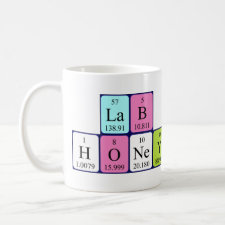
Authors: Razali M, Kim JF, Attfield M, Budd PM, Drioli E, Lee YM, Szekely G
Article Title: Sustainable wastewater treatment and recycling in membrane manufacturing.
Publication date: 2015
Journal: Green Chemistry
Volume: 17
Issue: (12)
Page numbers: 5196-5205.
DOI: 10.1039/C5GC01937K
Abstract: It is widely accepted that membrane technology is a green and sustainable process; however, it is not well known that the membrane fabrication process itself is quite far from green, with more than 50 billion liters of wastewater being generated every year contaminated with toxic solvents such as DMF and NMP. This urgent challenge is often overlooked and recent attempts to improve the sustainability of membrane fabrication have been limited to the replacement of toxic solvents with greener alternatives. Our recent survey from membrane industries indicates that such wastewater contributes to more than 95% of the total waste generated during the membrane fabrication process, and their disposal is considered cumbersome. Hence, recycling wastewater in the membrane industry is a pressing challenge to be resolved to augment the rapidly growing membrane market. In this work, a continuous wastewater treatment process is proposed and the quality of the recycled water was validated through membrane fabrication and performance tests. Seven different classes of adsorbents-graphene, polymers with intrinsic microporosity, imprinted polymers, zeolites, metal organic frameworks, activated carbon, and resins-were evaluated. The isotherm and kinetic behaviors of the best adsorbents have been fully characterized and the adsorbent regenerability without any performance loss has been confirmed for up to 10 wastewater treatment cycles. It has been demonstrated that over 99% of the organic impurities in the wastewater can be successfully removed and the recycled water can be reused without adverse effects on the final membrane performance. The proposed wastewater treatment technique can reduce the process mass intensity (PMI) of membrane fabrication by 99.9% per m2 of the membrane produced. The required energy duty for different regeneration methods and wastewater treatment methods revealed that the adsorption technology is the most effective method, with the lowest energy requirement of about 1200 kJ per m2 of the membrane produced
Template and target information: DMF, NMP



Join the Society for Molecular Imprinting

New items RSS feed
Sign-up for e-mail updates:
Choose between receiving an occasional newsletter or more frequent e-mail alerts.
Click here to go to the sign-up page.
Is your name elemental or peptidic? Enter your name and find out by clicking either of the buttons below!
Other products you may like:
 MIPdatabase
MIPdatabase









